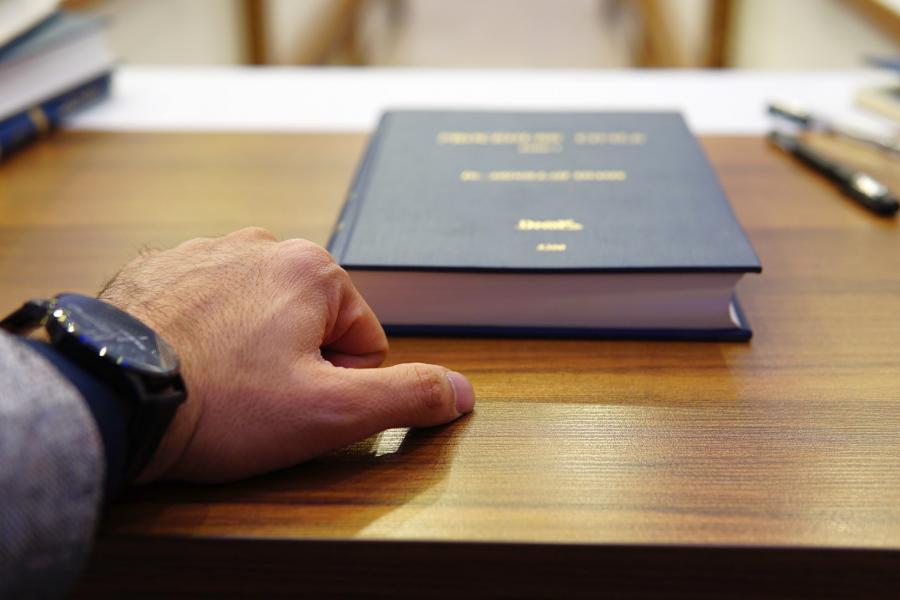Depreciation-Based Injury Theory Used to Support Standing in a Products Case
The plaintiff's bar is increasingly testing the depreciation-based injury theory to support standing in a product liability case. Standing, also known as locus standi is a legal concept the court applies to determine whether a plaintiff has a case.
A case has standing if the plaintiff can demonstrate that they suffered an injury, in fact, the injury can be traceable to the actions and inactions of the defendant, and they can find redress for their harm through a favorable court ruling.
If a case lacks any of the three elements; injury in fact, traceability, and reversibility, the plaintiff will not be allowed to bring a lawsuit against a defendant.
Depreciation-Based Injury Theory in Practice
Under the depreciation-based injury theory, plaintiffs' lawyers claim that the plaintiff has suffered an injury, although not physical and sufficient to create standing for a lawsuit.
The argument for this theory is that a product sold with a defect would not have been worth as much as it did if the buyer was aware of the defect. Since the buyer is not privy to the defect or fault in the product when buying, they pay more and thus suffer a financial injury.
In most cases, plaintiffs seeking legal redress under this theory seek monetary damages for the overpayment. Most lawyers taking this approach to product liability understand the complexity of fighting over the specifics of depreciation and its complex calculations. As a result, they often fall back to the much more straightforward allegation of the plaintiff having paid more than the value of what they received.
Example Cases
This theory has played out in recent high-profile cases, mostly in California, with a perfect example being In re Volkswagen "Clean Diesel" Mktg., Sales Pracs., & Prod. Liab. Litig., 500 F. Supp. 3d 940, 943 (N.D. Cal. 2020). According to the plaintiffs in the lawsuit, Volkswagen had misrepresented facts about their product, resulting in them paying premium prices for what was not a premium product. The lawsuit ended in a $10.03 billion settlement and required that the company take appropriate measures to correct its wrongs.
Another such case is the In re Clorox Consumer Litig., 2013 WL 3967334, at *3-4 (N.D. Cal. July 31, 2013). Plaintiffs in this lawsuit alleged that Clorox's advertisement of their Fresh Step cat litter was false and misleading.
In its ruling, the court found that the plaintiffs had a case noting that paying more was an injury, in fact, traceable to false marketing and that the plaintiffs could find redress through a court of law. The case settled for $12.5 million in 2018, where 10 million was to be paid in cash and $2.5 million in Clorox products.
What the Future Holds
As lawyers test out this theory, it will continue to evolve. According to industry personnel, this theory will most likely be acceptable where the alleged product defect or fault significantly impacts the value of the product in question.
Some individuals also feel that this theory can lead to a slippery slope where any product defect can potentially transform into a national class action lawsuit which has the potential of having companies run into bankruptcy.
"This is quite a sobering reality and judges out to tread cautiously. It is not only the producers that suffer. The consumers, too, will as manufacturers put more effort towards preventing such scenarios, pushing up costs," says attorney Robert Hammers.
Most of these cases have played out in California. But it is only a matter of time until more jurisdictions pick up the trend.
More to Read:
Previous Posts:






